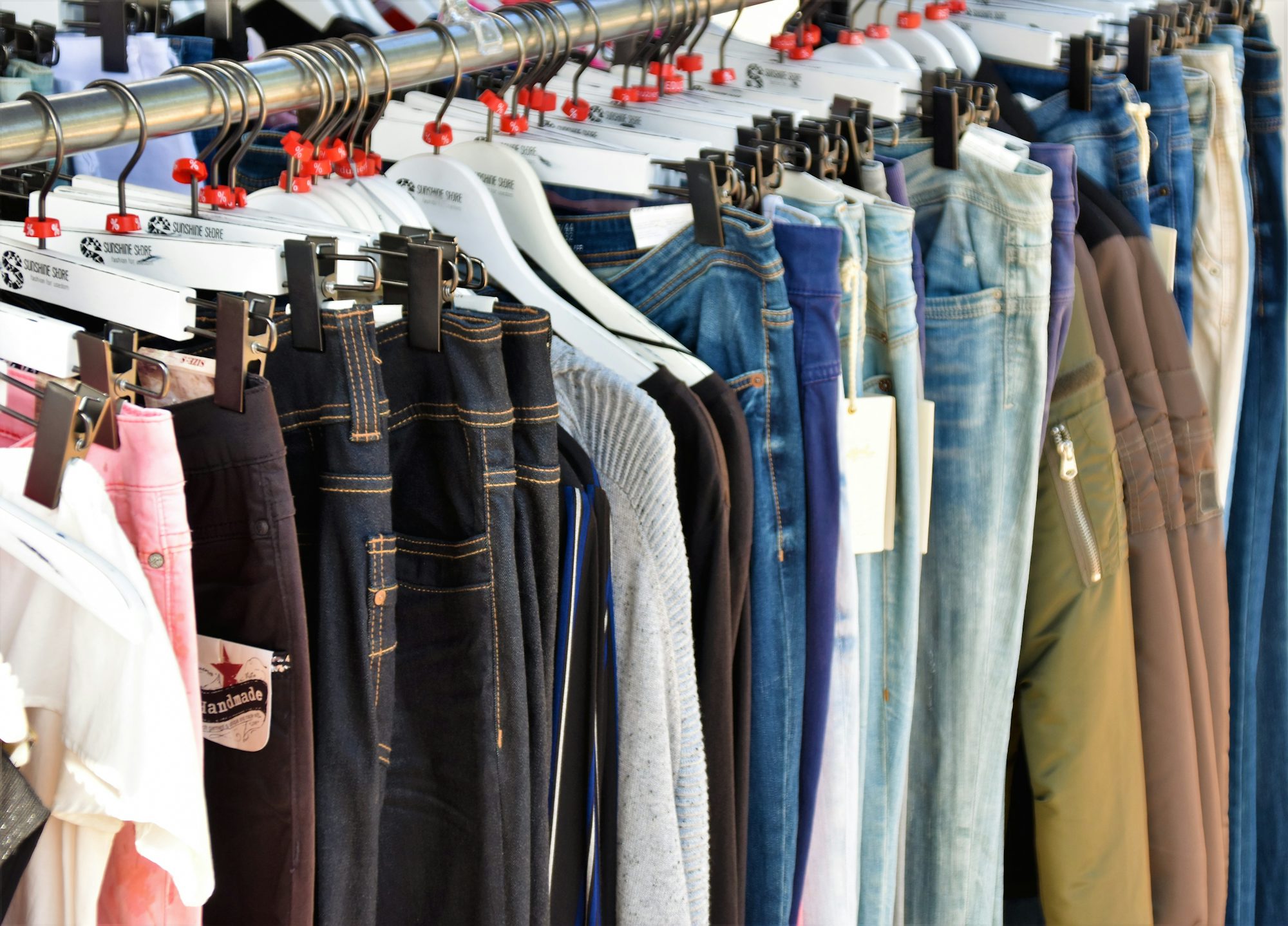Understanding Sustainable Fashion
Sustainable fashion encompasses a range of practices aimed at reducing the environmental footprint of clothing production and consumption. This approach considers the entire lifecycle of a garment, from the sourcing of materials to manufacturing, distribution, and eventual disposal. Key principles include using organic or recycled materials, implementing fair labor practices, and promoting circular fashion—where products are designed to be reused, repaired, or recycled rather than discarded.
The importance of sustainable fashion cannot be overstated. The fashion industry is one of the largest polluters in the world, contributing significantly to water pollution, greenhouse gas emissions, and textile waste. By embracing sustainable practices, brands and consumers can work together to mitigate these impacts and foster a more responsible approach to fashion.
The Impact of Fast Fashion
Fast fashion has transformed the way we shop, offering trendy clothing at affordable prices. However, this model is unsustainable, as it encourages overconsumption and leads to a throwaway culture. Garments are often produced quickly and cheaply, resulting in poor quality and short lifespan. Consequently, millions of tons of textile waste end up in landfills each year.
Moreover, fast fashion relies heavily on non-renewable resources, such as petroleum for synthetic fibers, and often involves harmful chemicals in the production process. The rapid pace of fashion cycles contributes to a culture of disposability, where consumers feel pressured to constantly update their wardrobes to keep up with trends. This cycle not only harms the environment but also exploits workers in developing countries, where labor standards may be minimal.
Principles of Sustainable Fashion
To combat the negative effects of fast fashion, several key principles guide the sustainable fashion movement:
1. Ethical Sourcing: Sustainable fashion emphasizes the importance of sourcing materials responsibly. This includes using organic cotton, hemp, and Tencel, which are produced with minimal chemical use and lower environmental impact. Additionally, recycled materials, such as plastic bottles or discarded textiles, are increasingly being repurposed into new garments, reducing waste and conserving resources.
2. Fair Labor Practices: Ethical fashion brands prioritize fair wages and safe working conditions for their employees. This commitment to social responsibility ensures that workers are treated with dignity and respect throughout the production process.
3. Circular Fashion: Circular fashion is a concept that focuses on creating a closed-loop system where products are designed for longevity, repairability, and recyclability. This approach encourages consumers to think beyond the initial purchase and consider the entire lifecycle of their clothing. Brands that adopt circular practices may offer take-back programs, where consumers can return old garments for recycling or repurposing.
4. Transparency: Sustainable brands strive for transparency in their supply chains, allowing consumers to understand the journey of their clothing. This openness builds trust and accountability, empowering consumers to make informed choices about the products they purchase.
5. Mindful Consumption: Sustainable fashion advocates for mindful consumption, encouraging individuals to buy less and choose quality over quantity. By investing in timeless pieces that are versatile and durable, consumers can create a wardrobe that stands the test of time while reducing their overall environmental impact.
How to Make Eco-Friendly Choices
As consumers, we have the power to drive change through our purchasing decisions. Here are some practical tips for making eco-friendly choices in your wardrobe:
1. Research Brands: Before making a purchase, research the brands you are considering. Look for companies that prioritize sustainability, ethical sourcing, and fair labor practices. Many brands provide information about their sustainability initiatives on their websites, making it easier to align your choices with your values.
2. Choose Quality Over Quantity: Invest in high-quality, timeless pieces that can be worn for years rather than fast-fashion items that may fall apart after a few wears. Consider the versatility of each item—can it be styled in multiple ways? This approach not only reduces waste but also creates a more cohesive and stylish wardrobe.
3. Embrace Secondhand Shopping: Thrift stores, consignment shops, and online platforms offer a treasure trove of pre-loved clothing. Shopping secondhand not only extends the life of garments but also reduces demand for new production. Plus, it can be a fun and unique way to discover one-of-a-kind pieces.
4. Host Clothing Swaps: Organize clothing swaps with friends or community members. This social event allows you to refresh your wardrobe without spending money or contributing to textile waste. Everyone leaves with something new, making it a win-win for all involved.
5. Care for Your Clothes: Extend the life of your garments by properly caring for them. Follow washing instructions, avoid excessive washing, and repair items when needed. Simple repairs, such as sewing a button or mending a small tear, can keep your clothing in rotation for much longer.
6. Learn About Sustainable Fabrics: Familiarize yourself with sustainable fabrics and materials. Look for clothing made from organic cotton, linen, hemp, or recycled polyester. Understanding the benefits of these materials can help you make more informed choices while shopping.
The Future of Sustainable Fashion
The future of sustainable fashion looks promising, as more brands and consumers prioritize eco-friendly practices. As awareness grows, the demand for transparency and ethical production will continue to shape the industry. Many established brands are adopting sustainable initiatives, while new startups are emerging with innovative approaches to design and manufacturing.
Furthermore, technology plays a crucial role in the evolution of sustainable fashion. Innovations in fabric production, recycling technologies, and digital fashion (such as virtual clothing) are paving the way for a more sustainable future. By leveraging technology, the fashion industry can reduce waste and create more sustainable solutions.
Conclusion
Sustainable fashion is more than just a trend; it represents a necessary shift in how we approach clothing consumption and production. By understanding the principles of sustainability and making conscious choices, we can contribute to a more ethical and eco-friendly fashion landscape. Every small action counts, and as consumers, we hold the power to influence the industry positively. Embrace sustainable fashion and join the movement towards a more responsible and stylish future.
